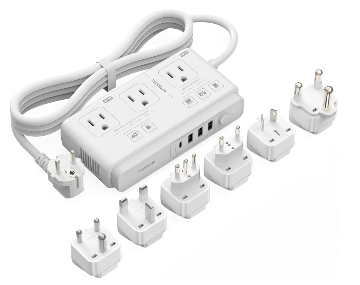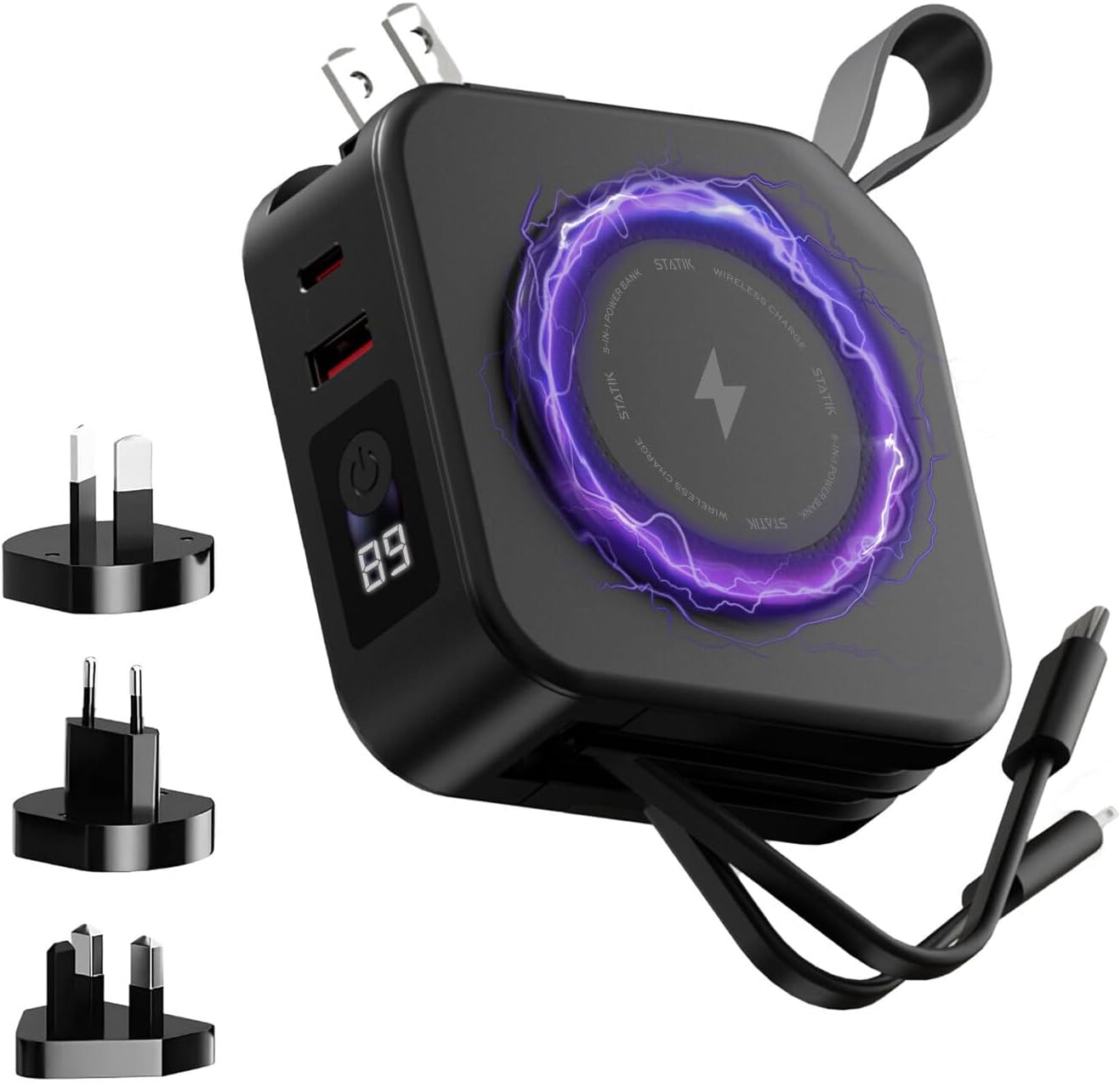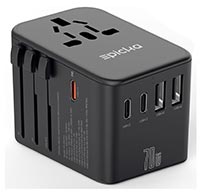Peru Backpacking | Adventure Trekking Tours
Things to do in Peru : Peru has a vast array of topographical features from deserts to the Andes mountains and the rainforest seeps into the eastern border with Bolivia. Perhaps most famous for the Inca ruins at Machu Picchu accessible from Cusco (You can find tours that follow an inca trail and end in Machu Pichu) the anciant capital. As well as Machu Pichu as far as ruins go of Ollantaytambo and Pisac are worth a visit as well. Sundays Tuesdays and Thursdays hosts a market where locals sell their traditional wares also inPisac. Sunday is the best day to visit Pisac market.
Peru is also a mountain climbers paradise. Check out Touching the void, better still just get the book and read that a tale about two climbers scaling Siula Grande.
There are many trekking options into the famous Colca Canyon that is two times deeper than the grand canyon located 100 miles outside of Arequipa, it is an amazing experience to watch the Andean condors soar in the up-currents.
Peru Map
If you are heading for the amazon rain-forest the other side of the Andes then the gateways are Cusco and Iquitos. Iquitos can be flown to from Lima or reached by boat but there is no other way in ! From cusco head for Manu National Park.
Did you know you can surf in Peru ! And there are a range of waves and even surf camps that are great for beginners. Chicama has one of the longest rides in the world also renowned is Puntas Rocas which is on the pro circuit.
Nearly forgot
lake titicaca !
- Details
- Category: Peru
- Hits: 498
Read more: Plug Sockets in Peru - Essential Guide for Travelers
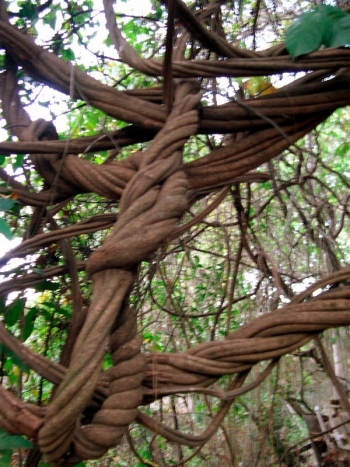
- Details
- Category: Peru
- Hits: 2266
The young man in the red bandana passed me three times in the tight confines of Cusco’s “Gringo Alley”, each time repeating his pitch, “Marijuana, cocaine, and Ayahuasca.”I wasn’t interested in the drugs, but I was curious. Everyone knows marijuana and cocaine but I wondered what the third one was. Ayahuasca, he told me was a drug with ancient and divine meaning to Andean people. He offered to be my guide into the spirit world; a trip that would give me enlightenment and wisdom. He claimed to be an Inca shaman. I declined this dubious offer of enlightenment, but became intrigued by Andean psychedelic shamanism.
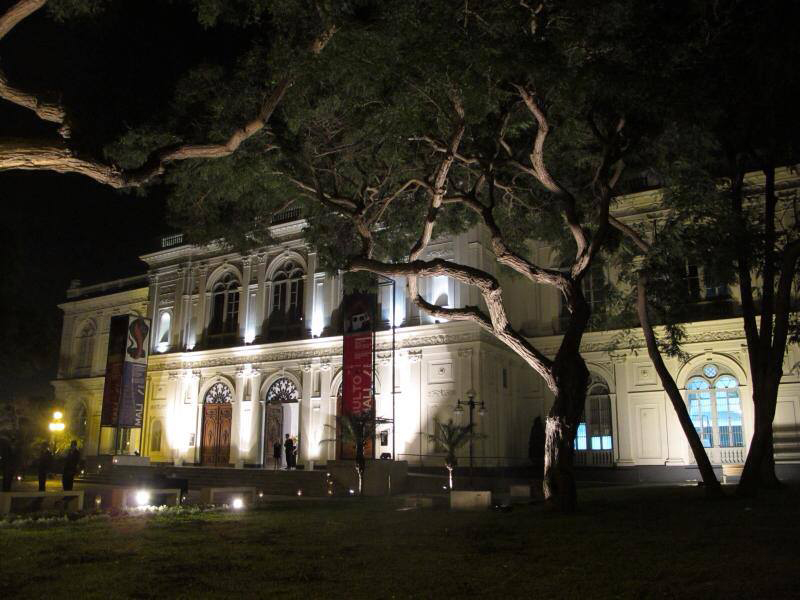
- Details
- Category: Peru
- Hits: 2022
Lima was a culturally important territory for both the pre-Columbian inhabitants of Peru and those who arrived to the coastal region with the destructive Spanish Conquest. Today, the country’s history and culture can be explored through a number of nationally significant museums in the Central district of the capital.

- Details
- Category: Peru
- Hits: 3556
By Naomi C. Kumar
The Amazon is hailed as the most biodiverse place on Earth – hundreds of birds, mammals and insects call this tropical rainforest home. After Brazil, Peru contains most of the deep jungle. In fact, more than half of Peru is the Amazon! Travelers here often want to see the coastlines of Lima, the mountains of Cusco or the lake of Puno, but many miss this not-so-hidden treasure.
If you like the comforts of hotel life, or even indoor life, the rainforest is not for you. This may seem an unnecessary disclaimer, buts many people think they’d like to spend some time in the great outdoors only to find themselves in sincere withdrawal from the modern world.
- Details
- Category: Peru
- Hits: 2643
One of the historical and most dynamic cities of Peru is Cusco Peru, located at an altitude of above 11 thousand feet and is situated in the very heart of Andes Mountains.
Read more: Cusco Peru – The Dynamic City of Peru that Preserved the Ashes of Inca Civilization
- Details
- Category: Peru
- Hits: 2312
Peru draws thousands of visitors annually to its rich and extra ordinary archaeological heritage as well as to its splendid natural beauty. Among these thousands of visitors, very few people would be there who won't make a stop at Lima even for a day or two. Lima is considered to be the cultural and business hub of Peru.
Lima is comparatively slow paced city, which is against the rhythm of many other fast paced South American metropolises. It is comparatively more traditional, reflecting its calmer and steadier constitution. When you pay special attention to the inhabitants of this city, you would find them to be usually amenable to foreigners and with one another too. This nature of the inhabitants would sometimes make you feel that the city is a cluster of small towns.
The atmosphere of Lima makes this city like a dreamland because of its 'garua', whereas garua is the local term for mist that settles over Lima from May to October. Under this silvery blanket, the people of the city meet at 'Penas' (Bars offering Creole and folk music), dine at the city's celebrated restaurants and shop at open markets. There are a number of museums in Peru that not only display but also preserve the golden past of Peru. The most acclaimed and internationally recognized museum of Lima is none other than the Museo Nacional de Antropologia y Arqueologia.
The south of Lima host several long white beaches that are continually washed by Southern Pacific's cold waters. These beaches are backed by a long range of white sand dunes. However, these beaches have nothing more than a few small cafes and restaurants to call as amenities, which is contrary to the warmer climate's tourist beaches. One of the best and most beautiful beaches is El Silencio, which proves its name by making itself to be found remotely.
- Details
- Category: Peru
- Hits: 2866
Lima, capital of Peru and the largest city in the country, is an amazing mixture of historical sites and modern residential neighbourhoods. With a very pleasant climate, mild throughout the year and almost non existent rains, it's a very nice place to enjoy not only because of the beauty of the large parks and gardens, and the interesting archaeological sites, museums and art galleries, but because of the excellent quality of food and the variety of restaurants. If you have just a few days, do not miss National Museum of Archaeology, Anthropology and History located in Plaza Bolivar, the archaeological site Huaca Pucllana and the restaurants in the district of Miraflores.
- Details
- Category: Peru
- Hits: 4994
From Puno, was my intention to see the Floating Islands on Lake Titicaca, but as was now becoming apparent.. the south Americans will strike over anything, and at anytime. As was my luck, I picked the day to do the islands when the islanders were striking against the government and so but a blockade of boats on the lake to stop any tourists going out to see the floating Islands (also known as Reed Islands).. however, the cheeky gits actually got us on the boat and attempted to go… which made for amusements, as they all had guns, and so the police had to be called out to clear the blockade, after some standoff the police told us to come back to land.

